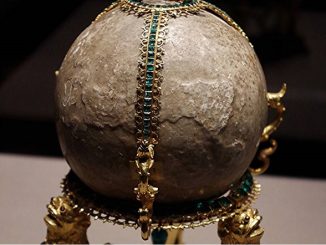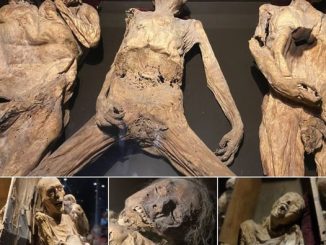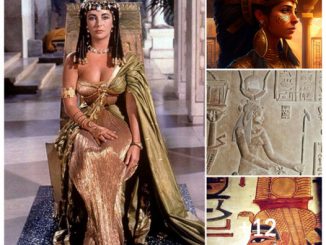In the vast expanse of Mesopotamia, amidst the fertile lands nourished by the Tigris and Euphrates rivers, lies the ancient city of Uruk. Enveloped in layers of history and myth, Uruk stands as a testament to the ingenuity and sophistication of humanity’s earliest civilizations. Spanning from approximately 6500 to 4000 BC, Uruk is revered as the first known city to emerge in human history, marking a pivotal moment in our collective journey towards civilization. In this blog post, we embark on a captivating journey to explore the wonders of Uruk, delving into its remarkable achievements, societal structures, and enduring legacy.
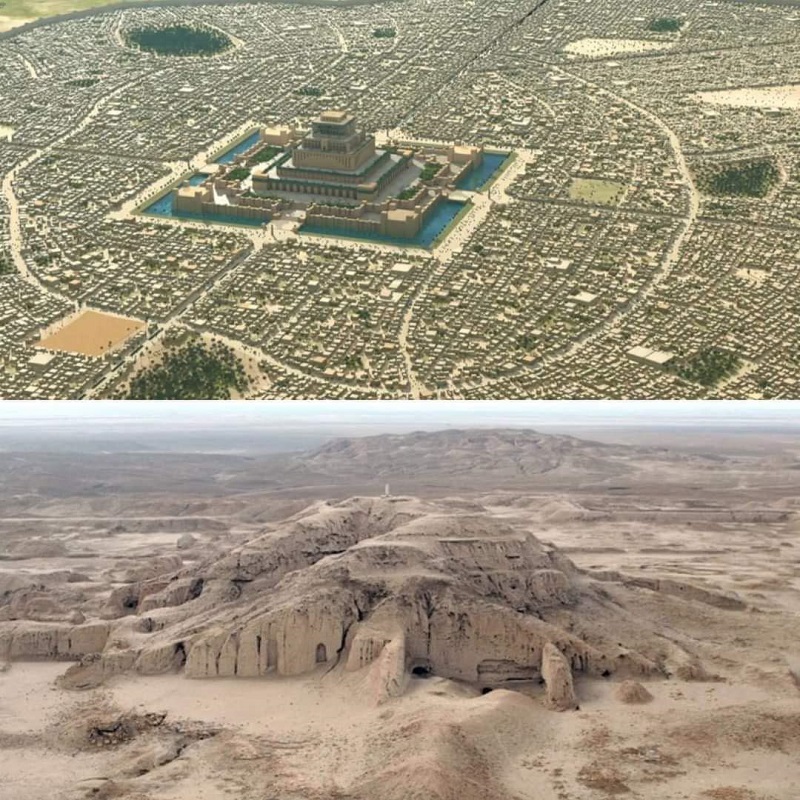
Unveiling the Magnificence of Uruk
Uruk’s rise to prominence was not merely a stroke of luck but a culmination of centuries of human innovation and endeavor. Located in present-day Iraq, Uruk flourished as a bustling urban center, teeming with life and activity. At its zenith, it boasted towering mud-brick structures, intricate irrigation systems, and a bustling economy fueled by trade and agriculture. The city’s impressive city walls, stretching over 9 kilometers in circumference, served as a testament to its power and prosperity, offering protection from external threats while fostering a sense of community among its inhabitants.
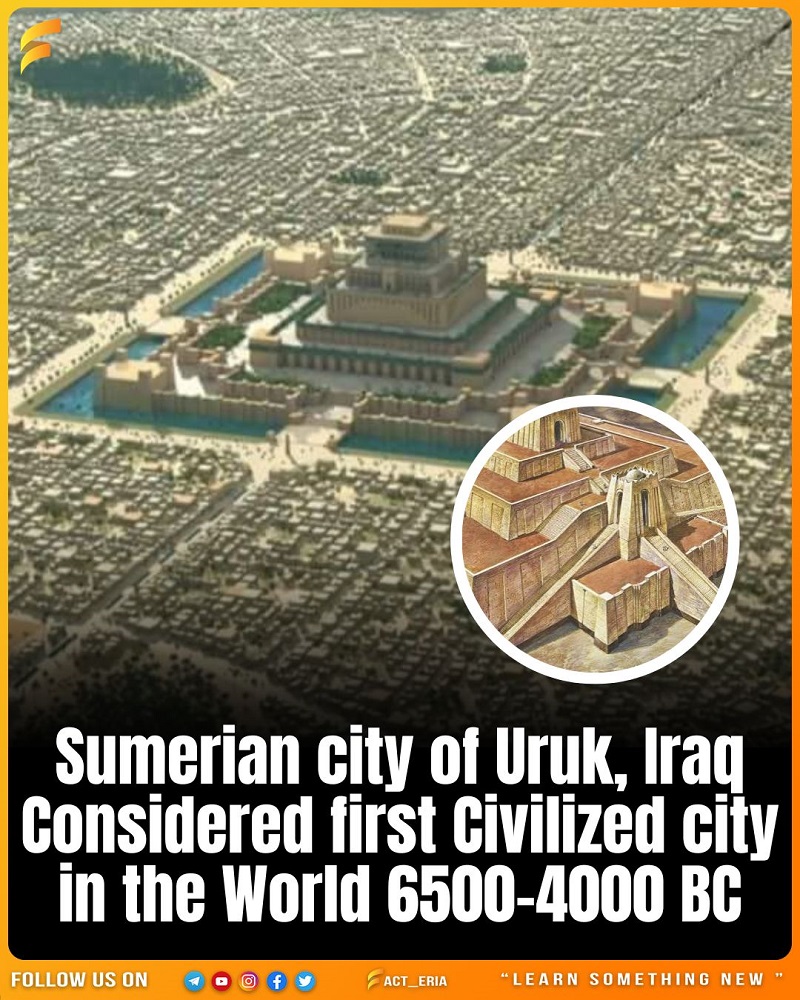
Unraveling the Enigma of Urukian Society
Central to Uruk’s allure is its enigmatic societal structures, which continue to intrigue historians and archaeologists to this day. Within its labyrinthine streets, one can discern the intricate web of social hierarchies, religious practices, and administrative systems that underpinned Urukian society. From the awe-inspiring ziggurats dedicated to the worship of deities to the meticulously documented clay tablets bearing witness to the city’s bureaucratic apparatus, Uruk offers a tantalizing glimpse into the complexities of ancient urban life. Moreover, the discovery of the world’s earliest known writing system, cuneiform script, within Uruk’s confines revolutionized communication and record-keeping, laying the foundation for the written word as we know it today.
Legacy of Uruk: Echoes Through Time
As we reflect on the legacy of Uruk, it becomes evident that its influence transcends the confines of antiquity, resonating across millennia to shape our modern world. The principles of governance, commerce, and cultural exchange pioneered by the Urukians continue to inform contemporary society, underscoring the enduring relevance of ancient civilizations in shaping our collective identity. Furthermore, the study of Uruk serves as a poignant reminder of the importance of archaeology in unraveling the mysteries of our past and illuminating the path towards a more enlightened future.
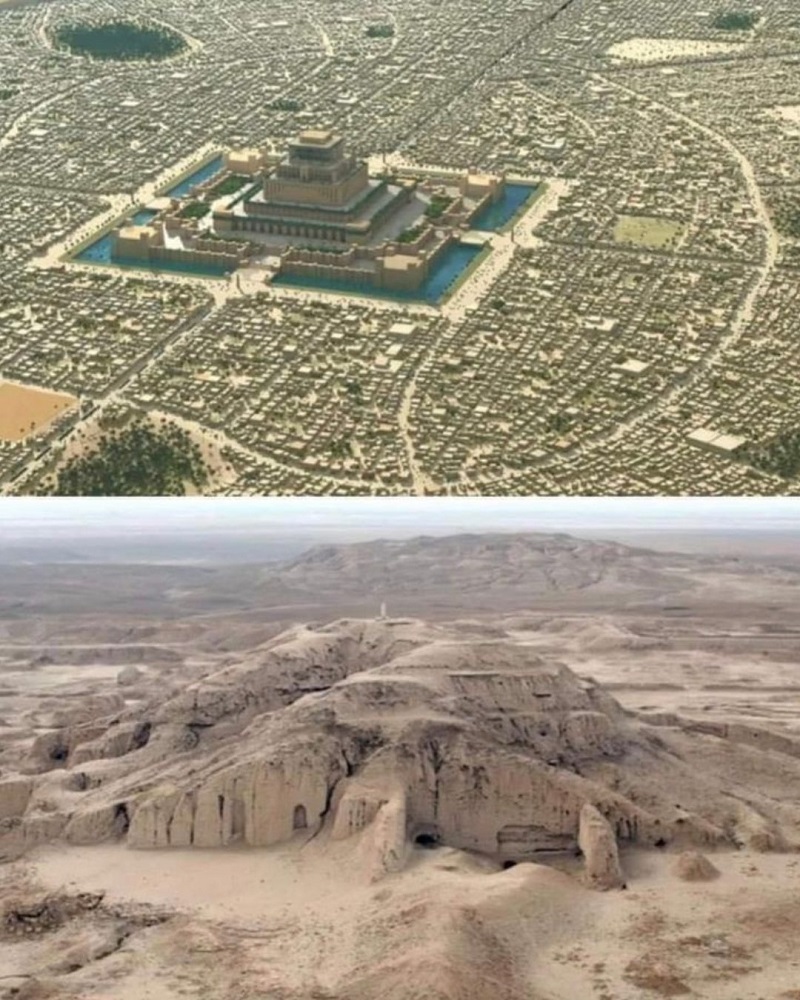
In conclusion, the Sumerian city of Uruk stands as a testament to the indomitable spirit of human ingenuity and resilience. From its humble origins as a small settlement to its eventual ascent as the world’s first civilized city, Uruk embodies the triumph of the human spirit over adversity. By delving into the annals of Urukian history, we not only gain insight into our shared heritage but also enrich our understanding of the complex tapestry of human civilization. As we continue to unearth the secrets buried beneath its ancient sands, let us heed the lessons of Uruk and strive to build a future worthy of our storied past.
To delve deeper into the mysteries of Uruk and the wonders of ancient Mesopotamia, I encourage you to explore the wealth of resources available through archaeological studies and historical research. By embarking on this journey of discovery, we not only pay homage to the legacy of our ancestors but also reaffirm our commitment to preserving the rich tapestry of human history for generations to come.
Read more : https://model.icusocial.com/author/bspvt01/?utm_source=KC&utm_medium=H&utm_id=3
